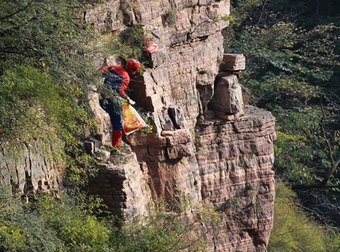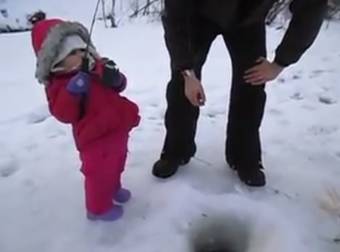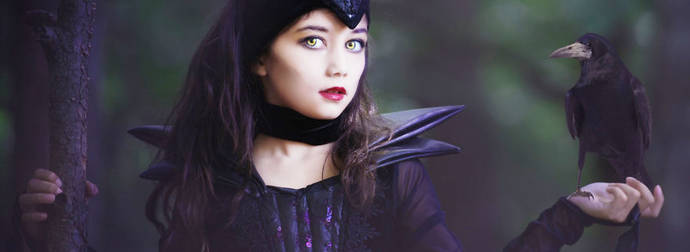You’ll do a double take when you look at Carol Milne‘s sculptures. First, you’ll think her piecse are bits of knitting that have been dropped, the needle still looped through the yarn. Then you might wonder, how are they standing up like that? Then you’ll realize that the needles aren’t entangled in yarn, but in glass. And that’s when you start to really wonder.
How did she do it?
Considering that glass has a melting point of about 1,500 degrees Fahrenheit, it would seem unlikely that Milne actually knits molten glass. And don’t worry–she doesn’t. As impressive as that would be, the actual process is pretty impressive itself. In 2006, Milne, who is based in Seattle, developed a multi-step process involving making a mold, casting the sculpture, and, yes, knitting.
First, Milne makes a wax model of the sculpture, based on a knitted piece, with each knit and purl included. The wax model is encased in mold-making material and heated, causing the wax inside to melt out. The result is a hollow mold that retains the shape of the mold. This is a process known as the “lost wax” technique, and it has been used since ancient times all over the world. Then, glass is melted into the mold, and then cooled very slowly to avoid cracking. Finally, when the glass is cool, the mold is chipped away, revealing the sculpture underneath.
The results are what appear to be strands of colored glass woven delicately together. Some appear to just be small, formless pieces of knit yarn. These suggest the very beginnings of a project or a beginner’s practice piece. Others take the form of vessels, flowers and even booties. Some even have glass hands emerging right from the yarn as though the sculpture is making itself.
As for the needles she uses, some are actual knitting needles that are inserted into the sculpture’s loops after it’s freed from the mold. However, others are cast right into the mold and are made of the same glass.
These pieces are a beautiful study of texture, form and color. Not only that, but they make the viewer reconsider how materials and the creative process work together. It challenges our expectations.
There’s also a deeper meaning she puts into her work: “I see my knitted work as metaphor for social structure. Individual strands are weak and brittle on their own, but deceptively strong when bound together. You can crack or break single threads without the whole structure falling apart. And even when the structure is broken, pieces remain bound together. The connections are what bring strength and integrity to the whole and what keeps it intact.”
Milne does way more than the knitted sculptures, too, and the rest of her work can be found on her site and Facebook page, as well as on her Glass Art Society page.
 share
share
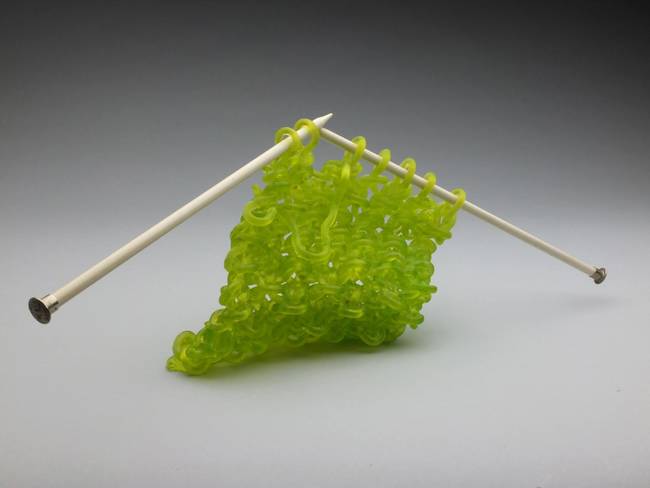 share
share
 share
share
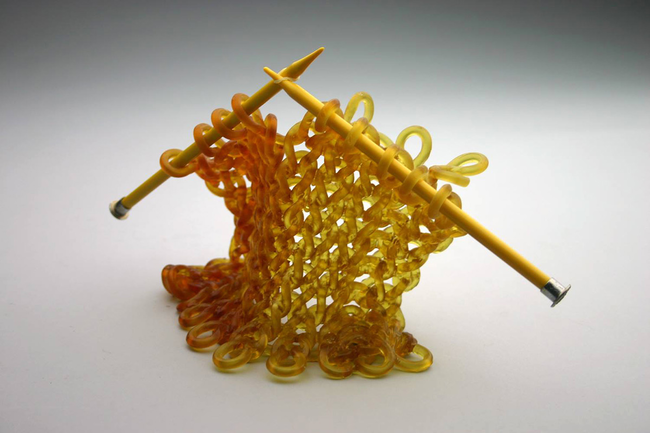 share
share
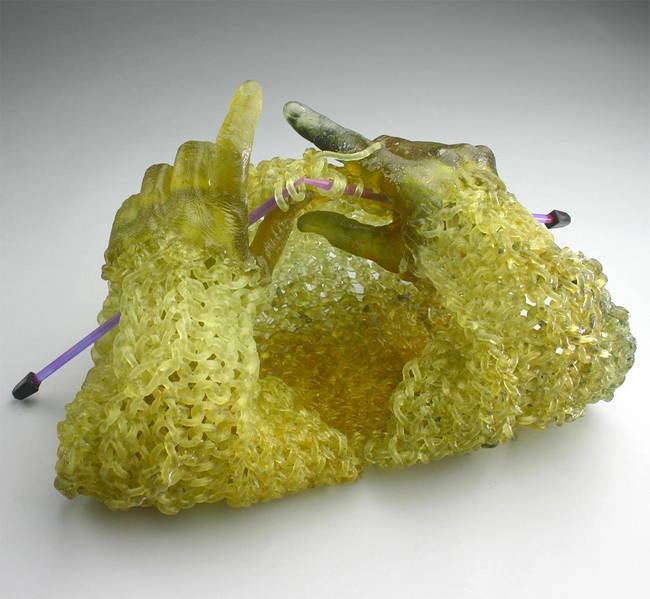 share
share
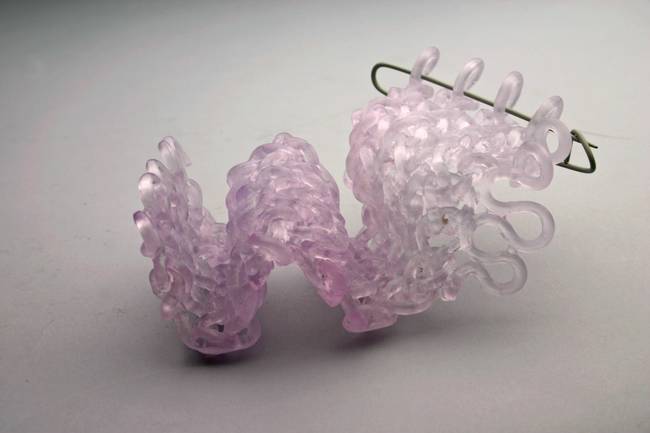 share
share
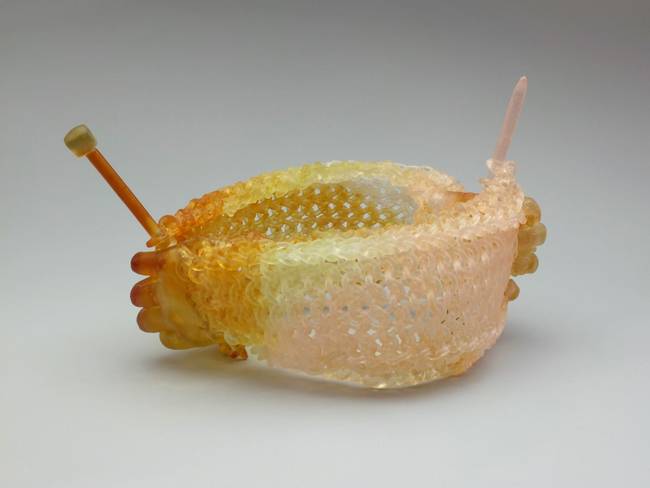 share
share
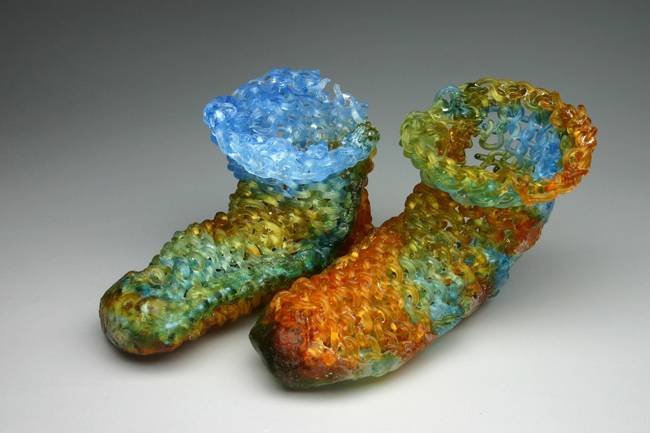 share
share
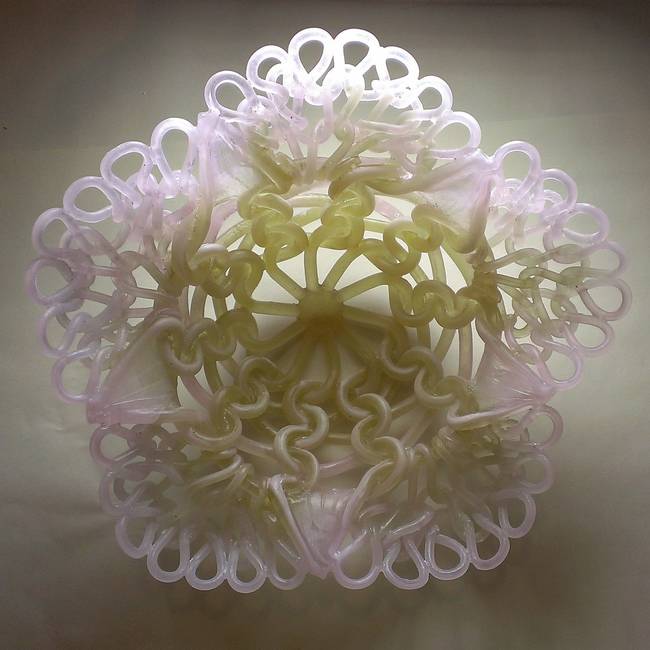 share
share
 share
share
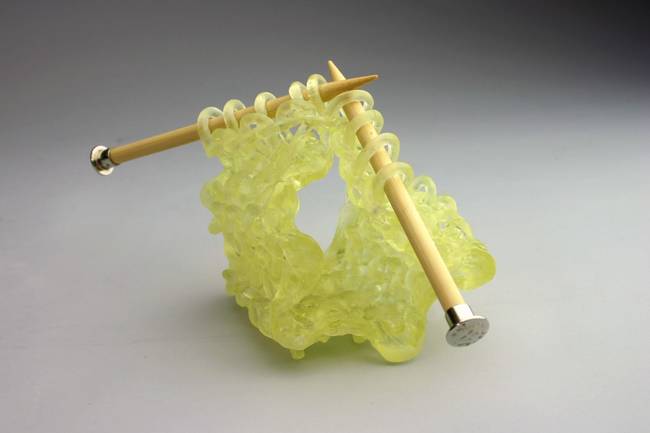 share
share

